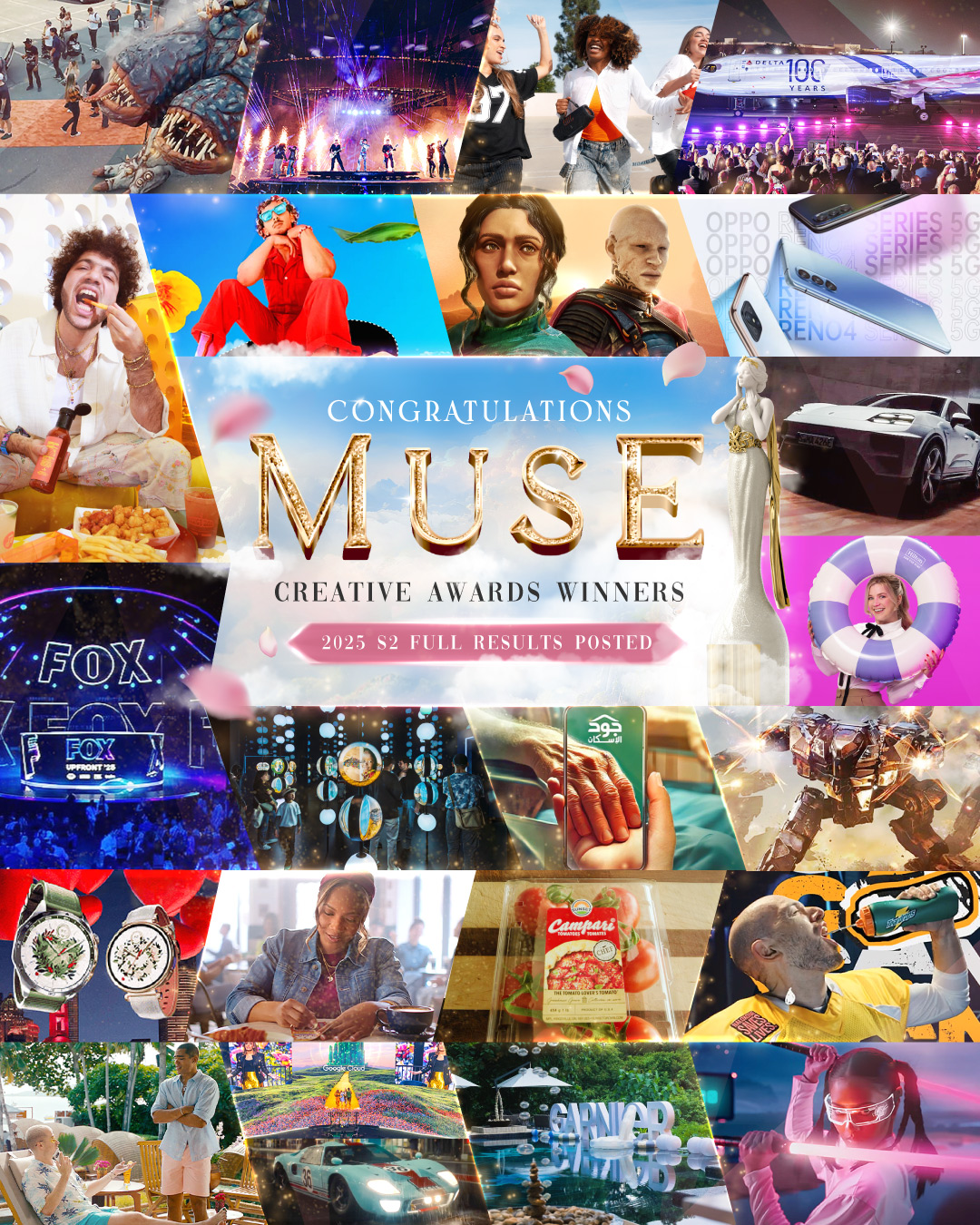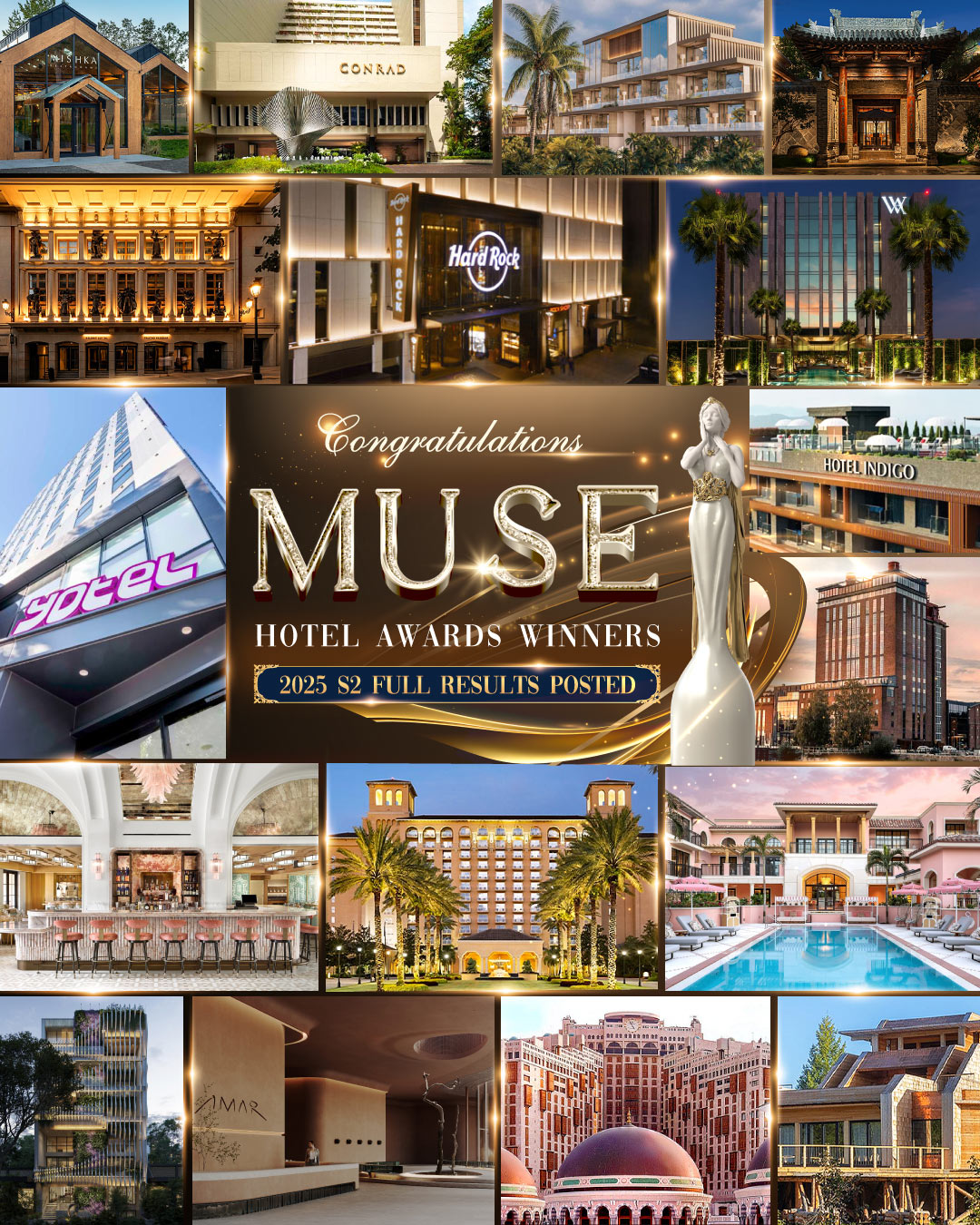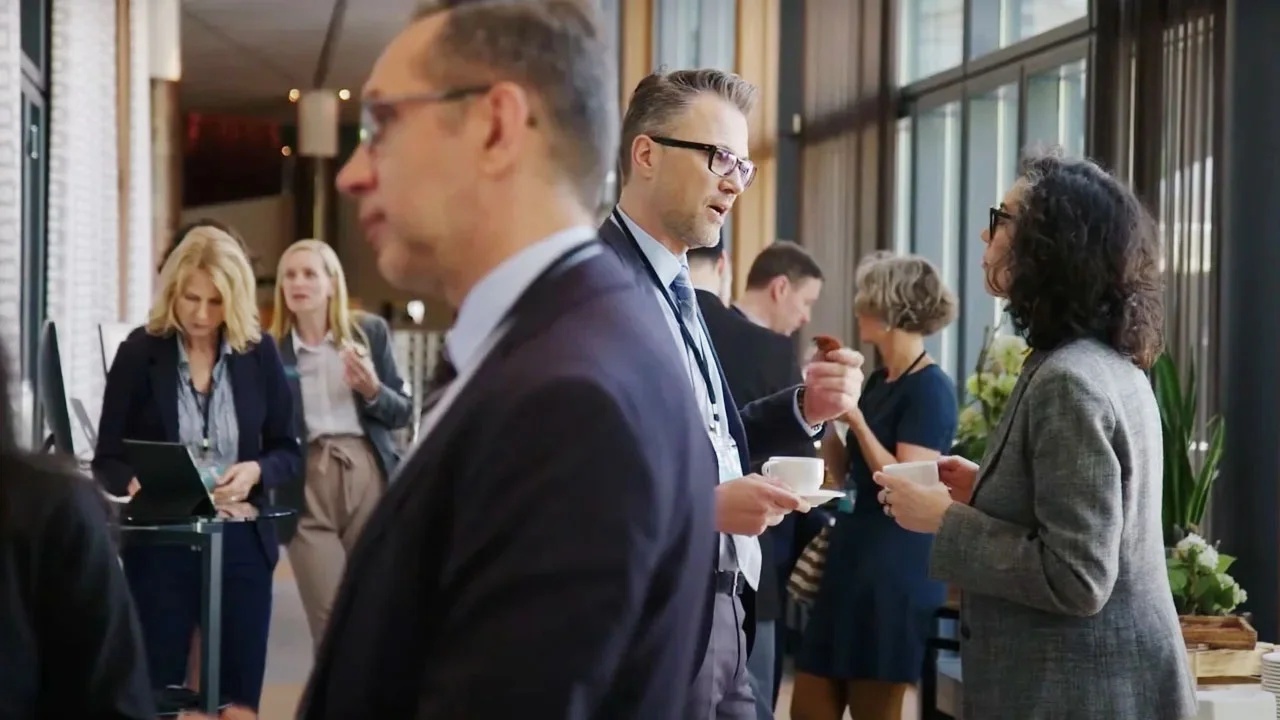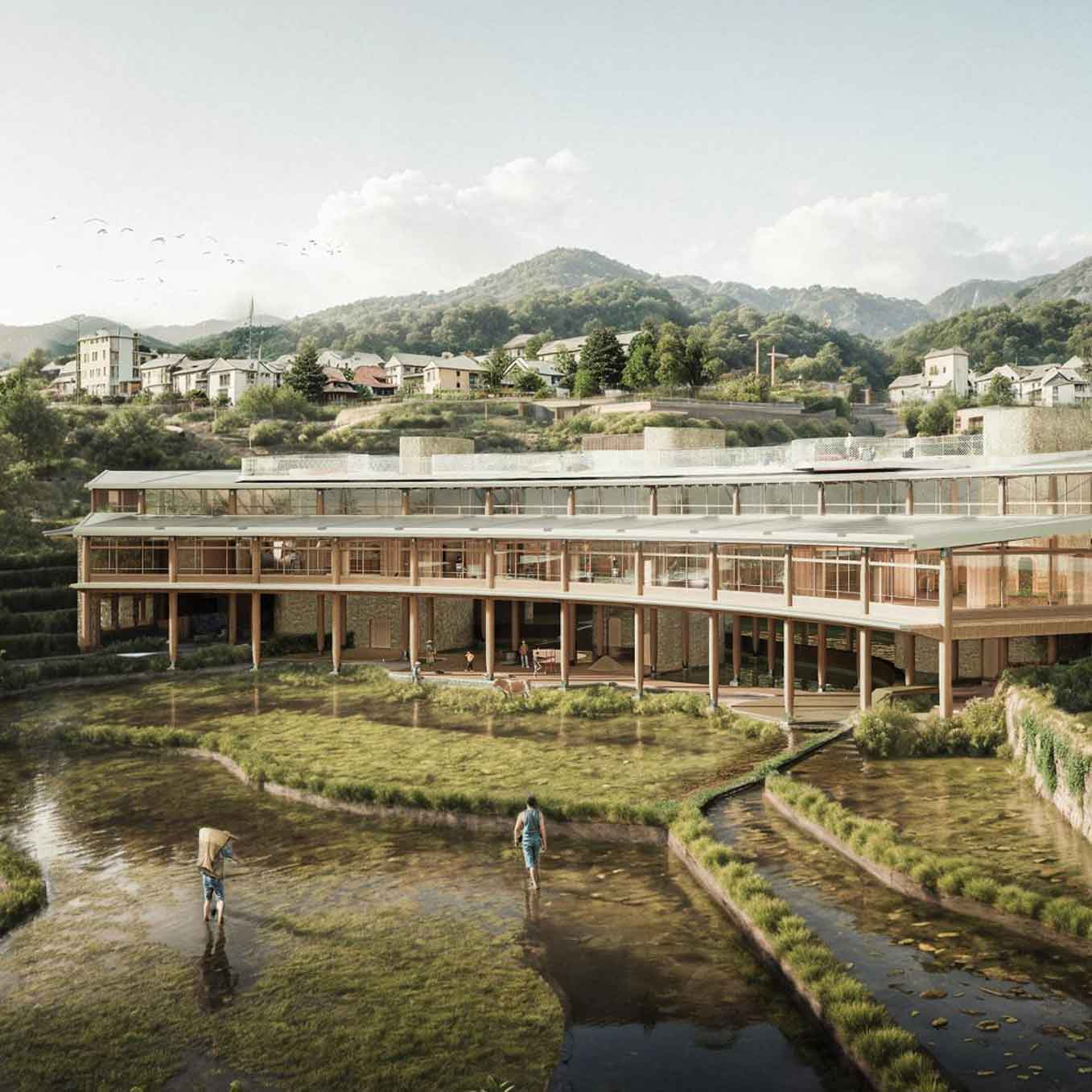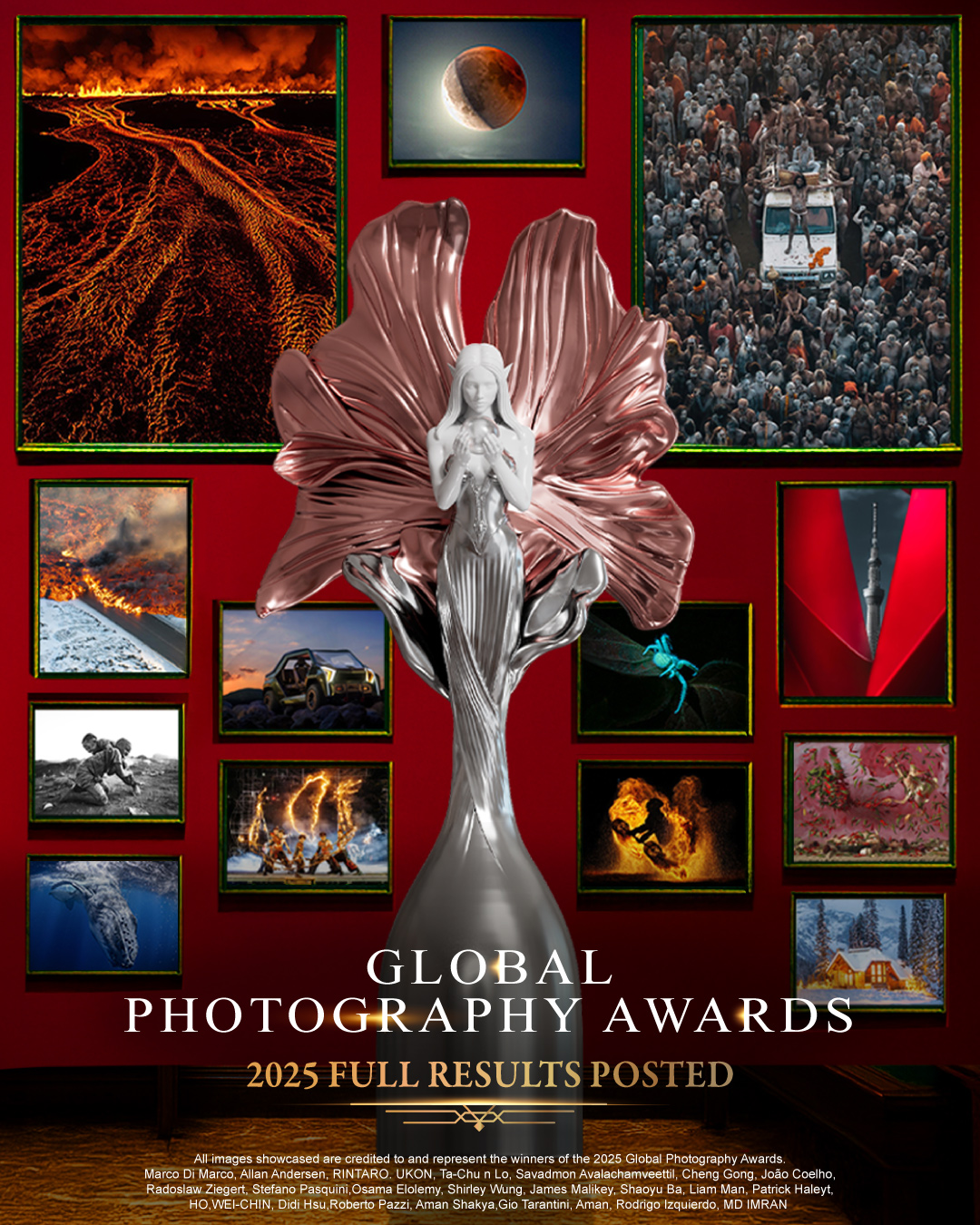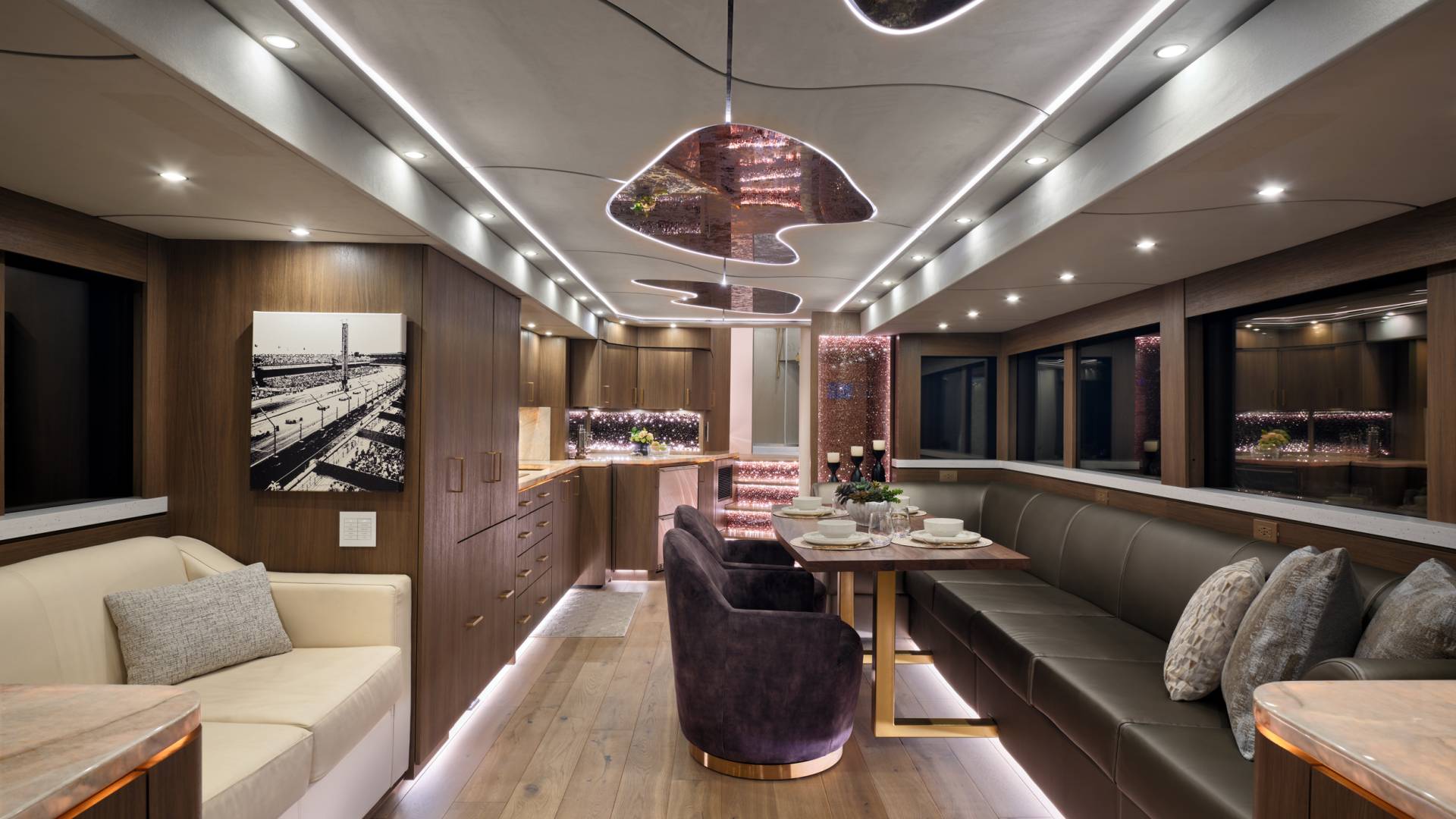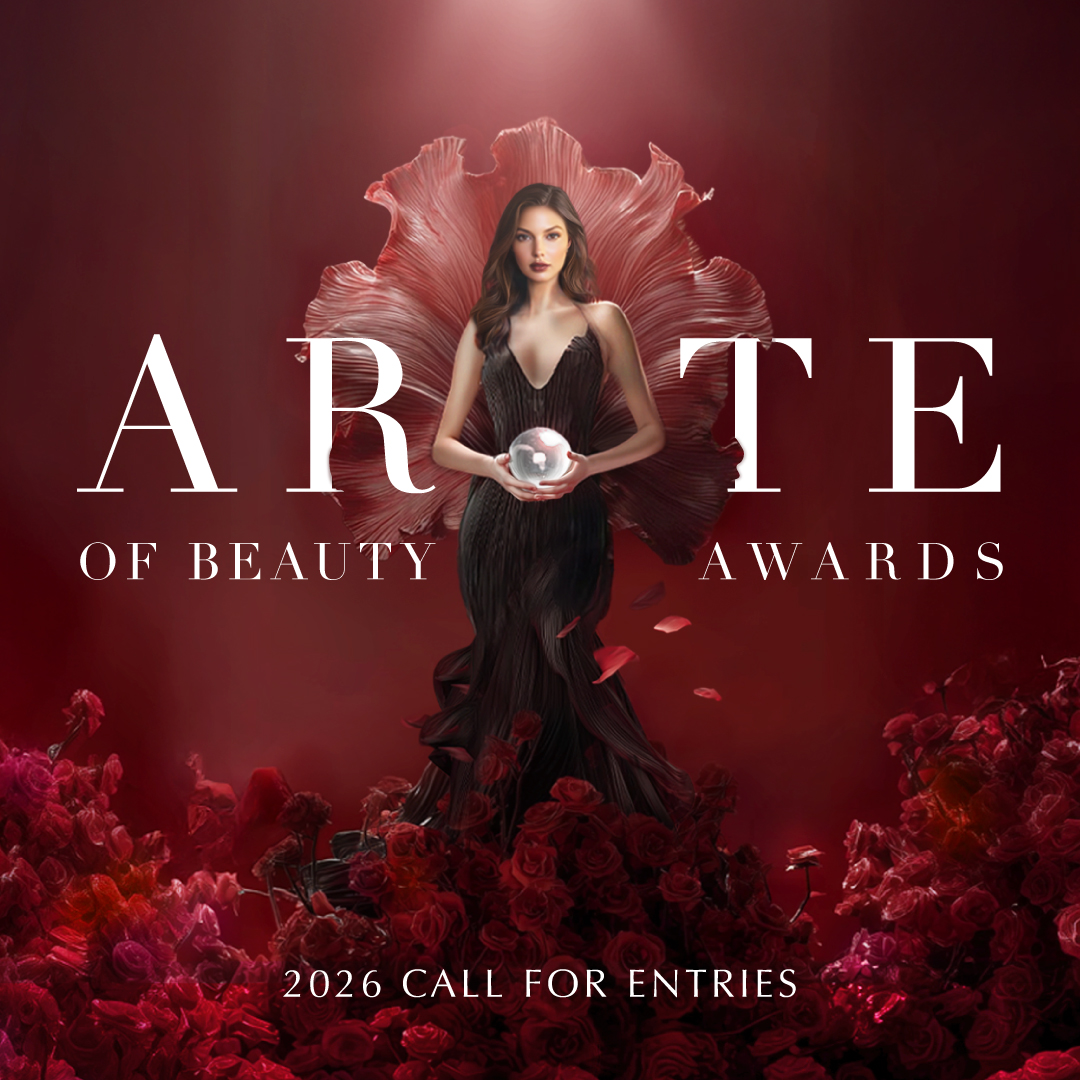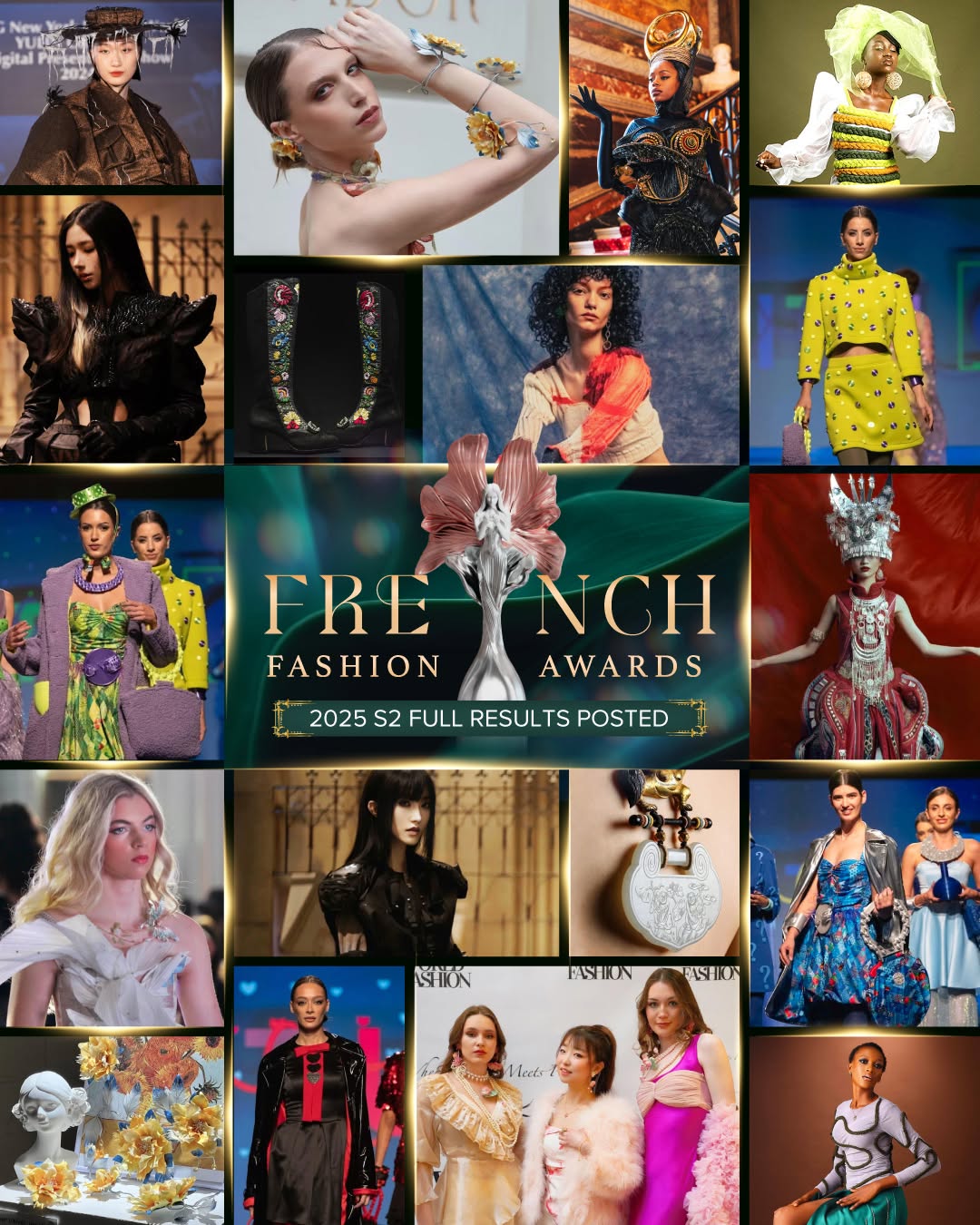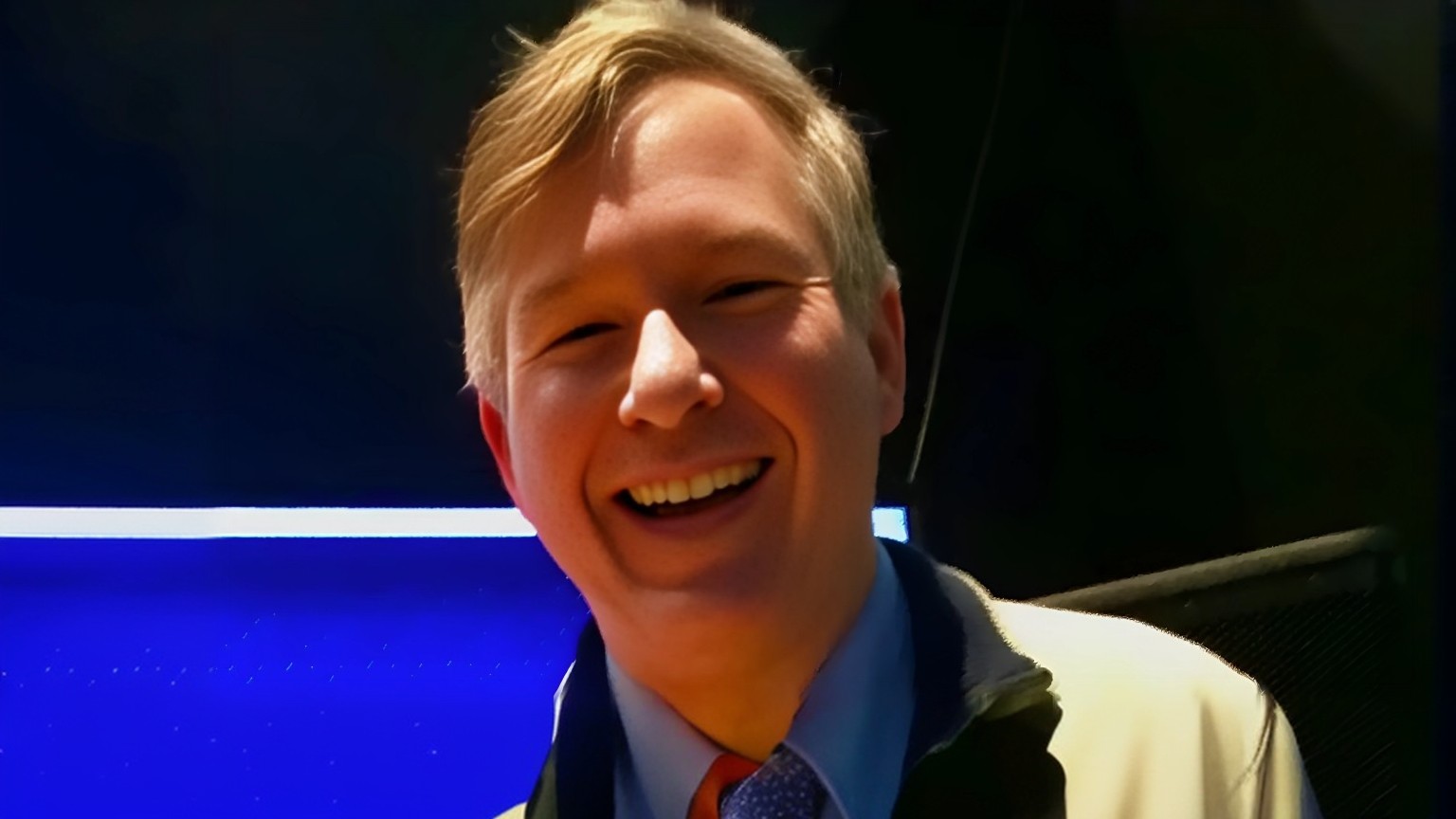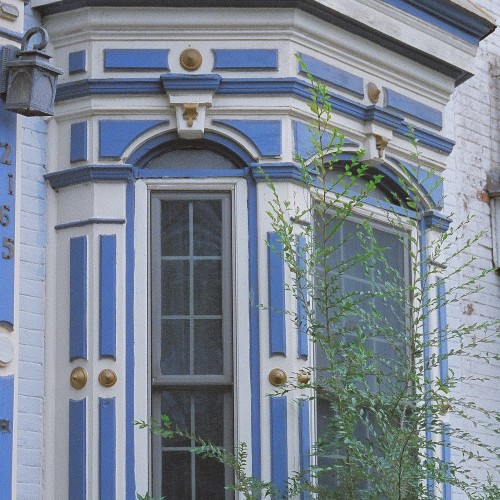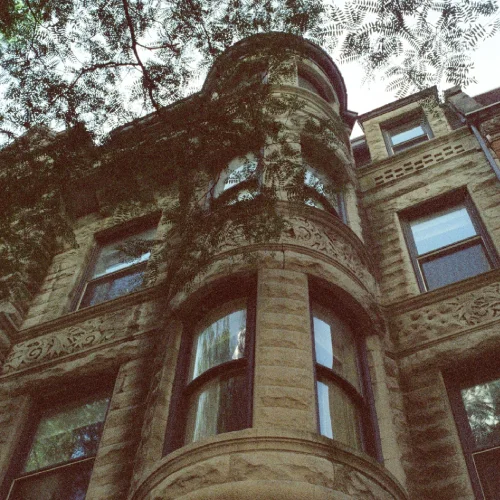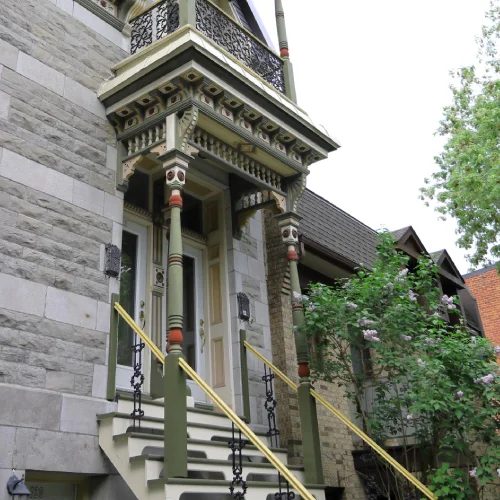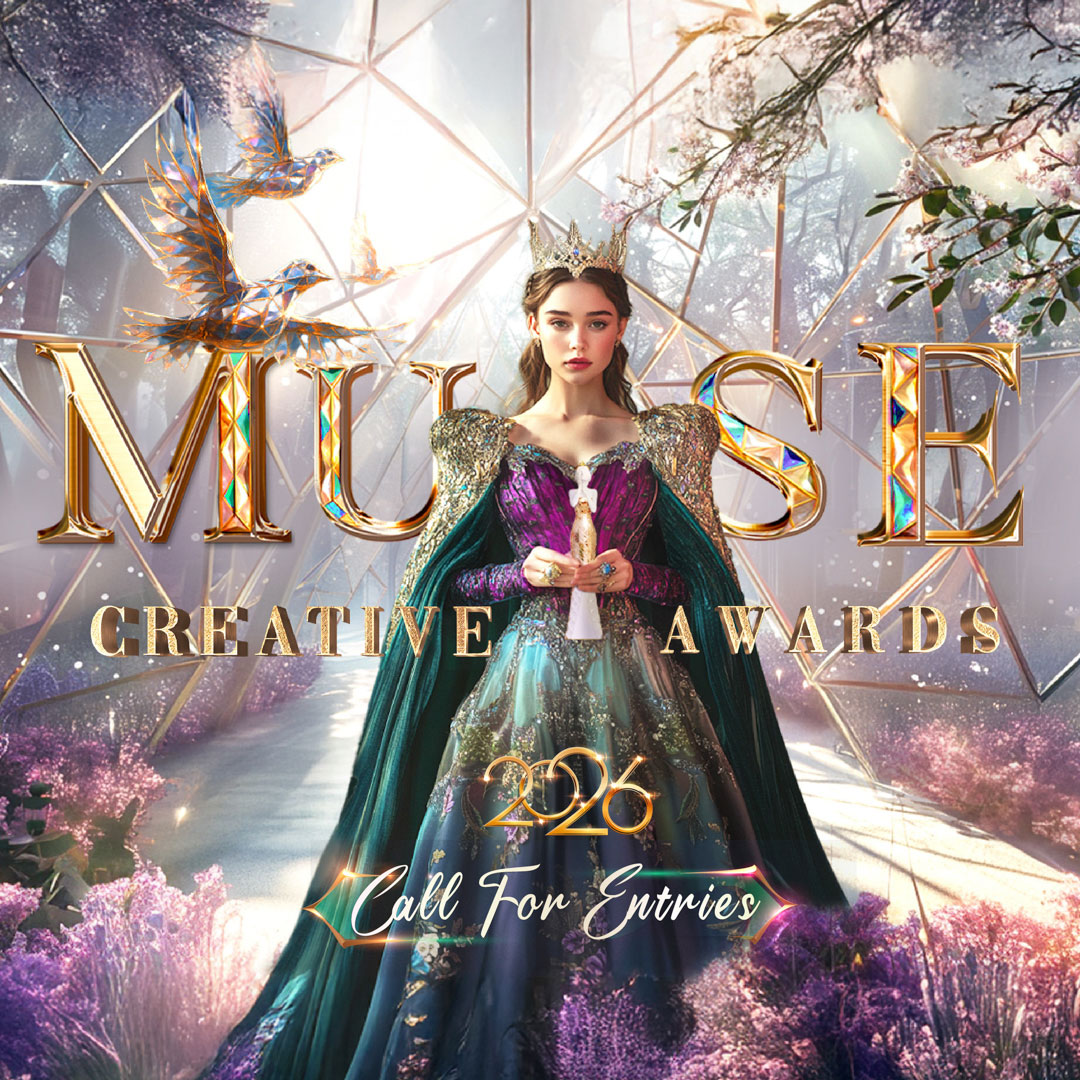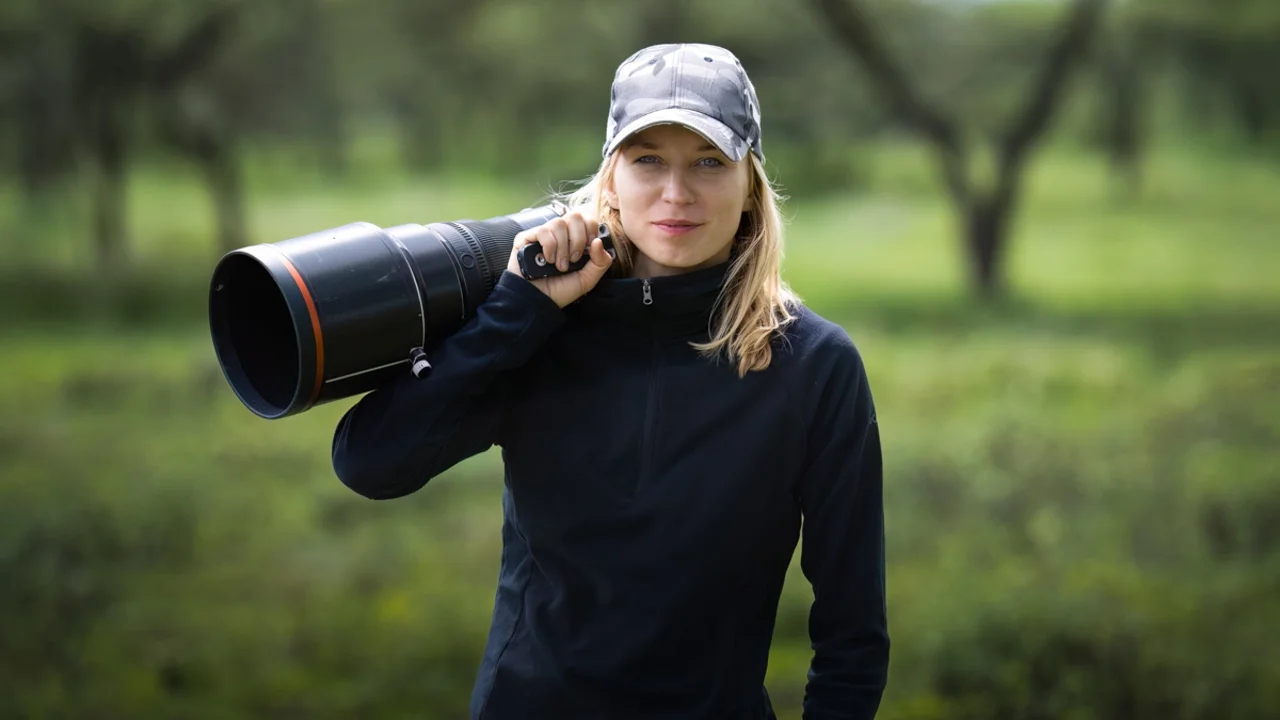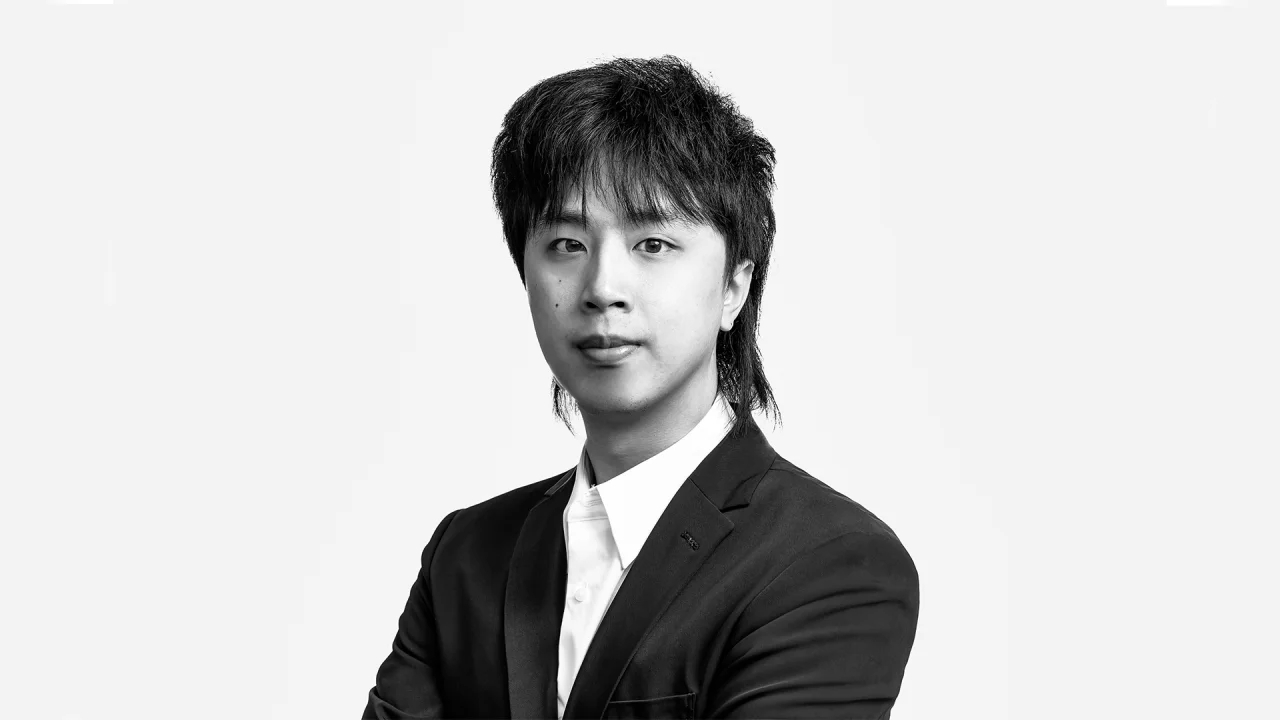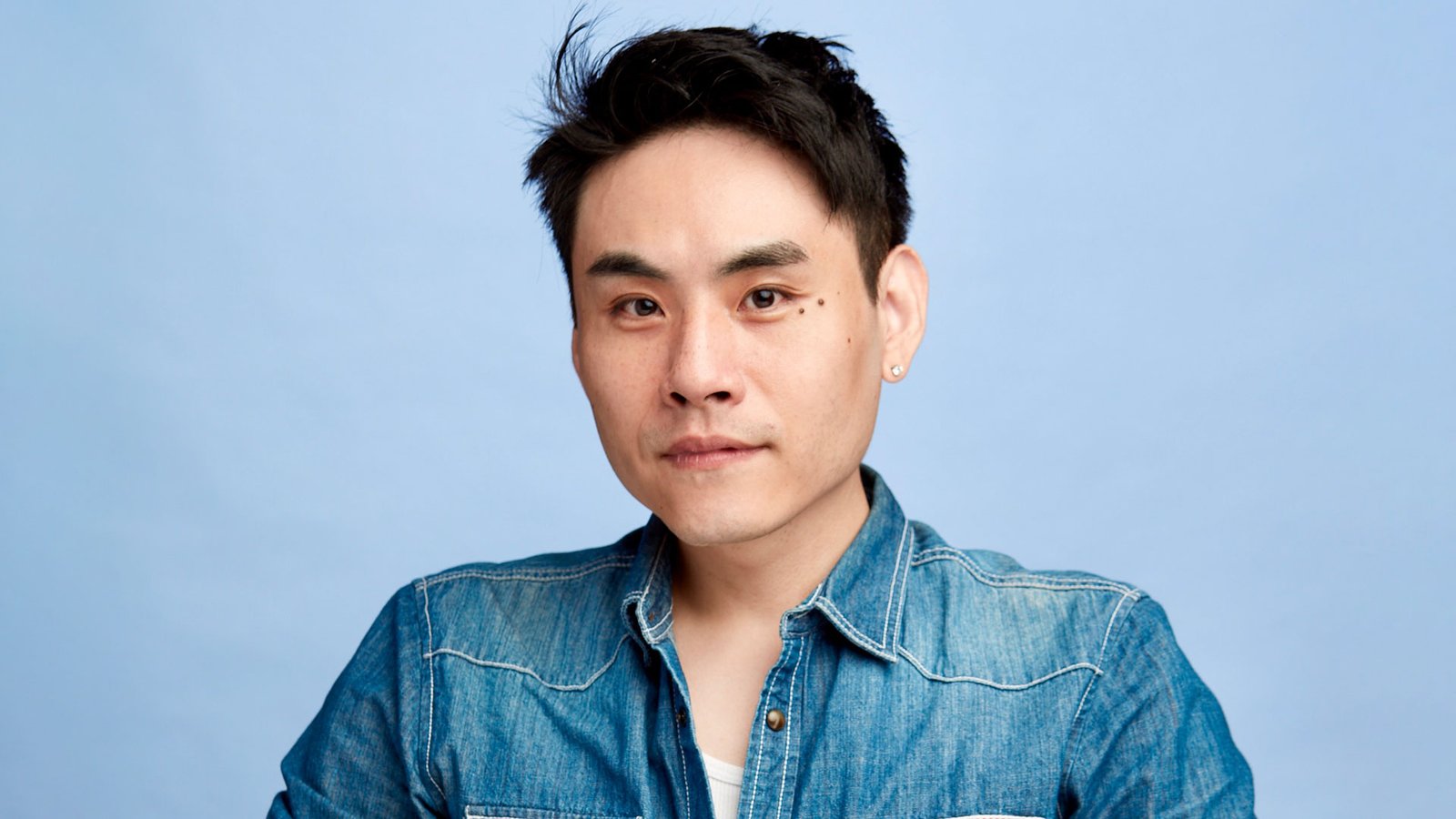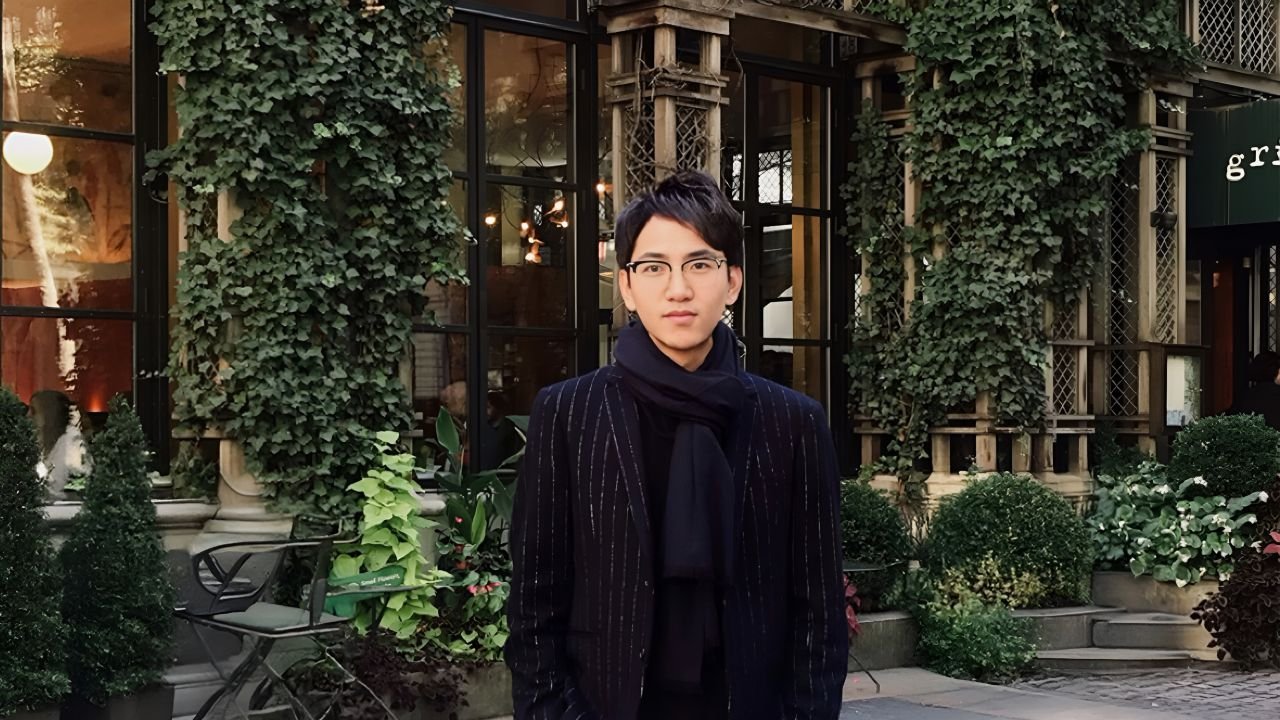Interview with Vincent Joseph Durocher | Canadian Historical Architectural Photographer of 12 Years
Vincent Joseph Durocher
Vincent Joseph Durocher is a photographer from Canada who has worked with film photography throughout his career. He continues to explore this art nowadays, as well as digital photography while his speciality for the last 12 years has been Historical Architecture Photography.My name is Vincent Joseph Durocher, I go by Joseph on my website. I first started photography, in the 70s, at around age 12, in Europe, when my brother got an enlarger at home, to develop what were black and white prints. I got my first photography prize at that time, while on vacation. The fact of being able to work with negatives, and see firsthand the process of picture development helped me to deepen a few photography concepts: composition, contrast, focus, picture style, surprise effect, tone differences, colour grading, shadows, image fragmentation, etc. When I moved back to Canada, my love of photography was deeply engrained already.
I never formally studied photography to get started. I did take some courses when I was heavily involved in a photo club, in Montreal, which helped me learn a few more technical concepts. I would say I am a self-learner (autodidact) by experimenting on my own, both at the beginning and presently. You have to keep yourself always open to new ideas and trying out new things.
No, I really don’t. But I remember that when I started, I was using a film camera, and that is very different because you cannot see the result until your film is developed. So you try to think carefully about your variables before you take a shot and it also forces you to imagine your shot ahead: what type of picture are you expecting? This experience helped me later on.
Presently, I use a Canon EOS R7, with a variety of lenses: 10-18mm, 75-300mm, 24-105 mm and a fixed 24 mm lens. My most versatile lens and most used these days, is my 24-105 mm professional lens. For film pictures, I use a Canon EOS 3000 N camera, with 24-105 mm and 75-300 mm lenses.
I would really like to publish a photographic documentation of the Montreal Architectural Heritage. For many years now, I have been documenting each of the neighbourhoods and I am hoping to get it published. I believe it is a real treasure that must be recorded before its possible disappearance.
After winning my first International Photography Prize, a colleague looked at my picture and complimented me on its unique characteristics. That’s when I felt that I had accomplished something really special.
When I see the work of other photographers, and read about how their work is brought out, it pushes me in return to always go further.
Detailed, researched, and contrasted.
Thank you! It is an enormous encouragement to continue in this direction, as it is a sign that I am doing a great job!
I chose this picture of a house façade, to represent Montreal’s Heritage, because of the richness of colours and the finely detailed woodworking, like a showcase of the long-lasting - and now disappeared - tradition of architectural design and woodworking artisan accomplishment which makes Montreal unique. I stand in awe, contemplating and reflecting on the complexity of both this conceptual design and its finely crafted realisation.
It has helped people around me see that I am a serious photographer and I am hoping that it will open doors for future collaborations.
The first one that comes to mind is Micheal Freeman; his books have really inspired me to be a better photographer. In my field of architectural photography, I can also think of Trent Park, and for light contrasts: Dave Hill.
One advice that has helped a lot is the following, attributed to Bill Brandt: "I do not take pictures of what I see, but of what my camera shows me."
I believe it is a mistake to "look" for nice pictures. If you are looking to find a nice composition idea, look into the lens of your camera, and "play" around until you are satisfied with the outcome.
I suggest buying a camera, and experimenting at first: with light, with distance, with different lenses and angles. See which pictures are appealing to you, but at the same time, do not get "closed up" in one type of picture. Always be open to new ideas and look at the work of other photographers to get inspired.
It is nothing but hard work: always trying to improve: analysing your pictures, and wanting to do better.
This is also the key to success: being always open to trying new things, and never being satisfied with your "style". You need to reflect constantly on your work and that of other photographers, to always re-invent yourself.
Winning Entries
Read about the interview with Andrew West | Capturing the Essence & Emotion of Events here.
ADVERTISEMENT
